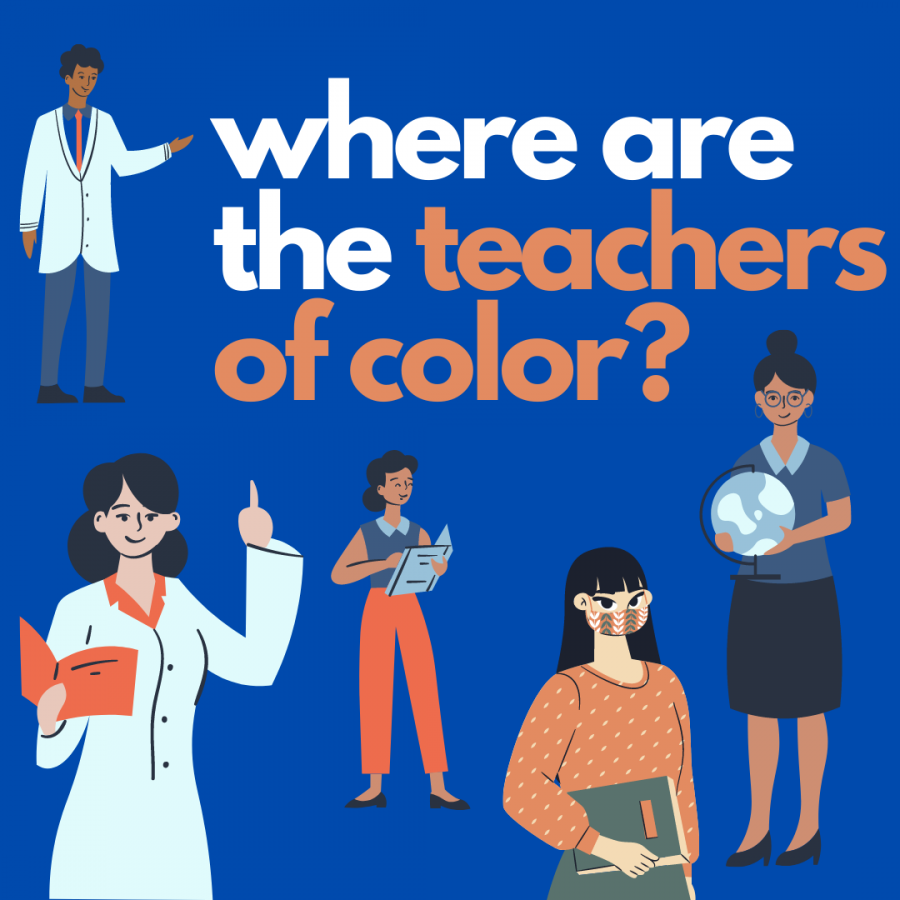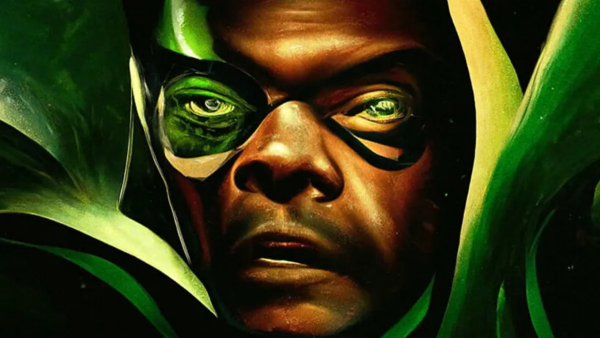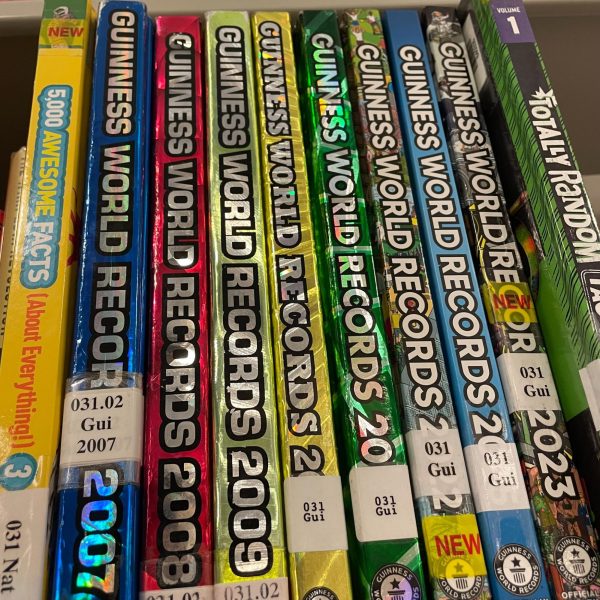Where are the teachers of color?
In a predominantly white institution, being a student of color can be isolating, to say the least. Every ethnic kid in a mostly white school can relate to the feeling of being different from their peers, “sometimes I look around and I’m like, ‘wow I’m the only Black person in this class…” says Jimmy Tucker (‘22). One of the best ways to combat this feeling of aloneness is to surround yourself with people who are similar to you, in other words, find representation. Unfortunately for the racial minorities at Bothell, there are few students of color and even fewer teachers of color.
In my 12 years in the Northshore School District system, I have never had a teacher of color. Not a single one. I went to Frank Love Elementary, Canyon Park Junior High, Kenmore Middle School, and Bothell High School, all in the Northshore School District. If my math holds up, out of the (approximately) 49 teachers I’ve had, in 4 different schools, over 12 consecutive years, I, an Asian-American student, have only been taught by white teachers.
At first glance, Bothell’s staff appears to be diverse, being the only school to have a Black principal in the district. And it is to some degree; a fair percentage of our administration are BIPOC and several other faculty members are BIPOC as well. However, the diversity stops there. As for teachers, I can count the number of teachers of color on one hand. While having a diverse workplace is important for staff members to thrive, students are not interacting with administration members every day; we are interacting with teachers.
School is a breeding ground for an identity crisis which is why having ample representation in school is vital for the mental health of all students. The high school experience for students of color is extremely different than their white counterparts. High school on its own is taxing for any individual, but the addition of feeling like an outsider in their own school can create extra stress and even more self-esteem issues in the long run. “Being a minority, [teachers of color] can understand some of the struggles that we’ve been through” says Esme Hernandez (‘22). “If I had a relationship with a teacher, and on top of that, they’re African-American, I just connect with them more because he looks like me… I’d feel real good about that” Tucker adds.
For students who are subjected to harmful stereotypes, whether they are aware of it or not, having representation is important in allowing students to understand the potential of their individuality outside of just their racial stereotypes. Seeing adults of color in a classroom setting can encourage BIPOC students to pursue passions that might seem unconventional for them due to racial archetypes, created by western society, that they are expected to live up to. If teachers of color can break that mold, students of color can too. Oftentimes students of color go unheard when experiencing things like microaggressions or racial slurs. It feels like no one has their back. Hernandez tells me that having more BIPOC teachers “would make us (students of color) feel a lot safer in a sense, or secure”.
Bothell science teacher, Chae Seo recalls that she “got an email last year, of a dad emailing [her]… his daughter was Korean… [she] was her first teacher of color and she was in ninth grade. It shouldn’t be so hard to come across a teacher of color… the fact that parents are going out of their way to send an email… shows the impact that a teacher of color can have.”
As far as academics go, research done by Learning Policy Institute reveals that “Teachers of color boost the academic performance of students of color, including improved reading and math test scores, improved graduation rates, and increases in aspirations to attend college.” Teachers of color provide much-needed representation AND help students of color be more successful academically一 it’s a win-win!
Beyond Bothell’s ethnic students, white students can also gain from BIPOC teachers. Similar to the benefits of ethnic studies, white students can benefit from the opportunity to interact with different types of people. “I think any student can benefit from having a variety of individuals be there as a role model and a teacher. Whether it’s different color skin or different sexual orientation…” Bothell counselor, Lisa Carson, tells me. Hernandez thinks that “having a BIPOC teacher might make them know a little more about cultural things…” She says, “it would make them more open-minded.”
Teachers of color are arguably more important in predominantly white schools because 1. Students of color are even more isolated than in a more diverse school, and 2. White students are exposed to even fewer people that are different than them in a white environment. If students go their whole adolescence in a bubble of people who look like them and think like them, they will never be pushed outside of their comfort zone and grow as a member of a diverse society.
Being one of the only teachers of color at Bothell, Ms. Seo is rare representation for not only the Asian population, but the ethnic population as a whole. “I feel like I… need to be on my best behavior so that students of color can see, ‘oh Ms. Seo is not white which means that I can also do this too if this is something that I want to do in my future…’” Seo explains. Creating a safe environment for students is a top priority for her as well, “I had a number of microaggressions and stereotypes on me growing up… it’s something that I don’t want students to have to experience in my classroom because… I know how painful it can be.”
Hurtful behaviors like microaggressions can be hard to recognize if you don’t know what they look like, and teachers of color are able to spot them much faster than their white colleagues. “I know what it sounds like, I know what it looks like, I know what it feels like to be the victim of a microaggression,” Seo says. Instead of waiting for microaggressions to evolve into overt racism, teachers, of any race, need to be proactive in calling out these behaviors before any more damage is done. Seo explains that, “as teachers, we are really trying to become familiar with implicit bias and prejudices, maybe stereotypes that we as teachers have that are somehow affecting our students of color…” Despite the anti-racism training that staff members have been participating in, “…we still have such a long way to go…” she finishes.
Like students of color navigating in a predominantly white space, teachers of color face similar challenges in a white workplace. The loneliness of being the only person of color in a room extends to teachers as well, “you can’t ignore the fact that you look physically different… and that you come from a different cultural background” Seo says. “I’m part of an organization that’s for teachers of color (Martinez Fellowship)… I think it’s like 10% of Washington teachers are of color… we have a seminar every year and at one seminar they were taught as a teacher of color you work twice as hard when you go to interview. If your hair doesn’t look like what maybe a white person’s hair looks like, you change your appearance,” Seo tells me.
Teachers of color should not feel the need to assimilate in their work environment to be successful. Like students, teachers deserve to show up in spaces as their full selves and feel like they belong一 our differences should be celebrated.
Speaking on behalf of the student body, we appreciate Ms. Seo and all of our teachers of color. Thank you! Being one of the only BIPOC in a space is a heavy burden on anybody, but being one of the only BIPOC teachers is even more difficult. Our teachers of color deserve more support and students deserve to see themselves represented in the teaching staff.
A message from Ms. Seo to teachers of color:
“…we have few teachers of color at Bothell, but I see them and I just want them to know that if they ever need anything that I am here for support…”
A message from Ms. Seo to students of color:
“Email me, zoom me, literally anything, I will embrace you with open arms!”
A message from Mrs. Carson to all students:
“I know this is the toughest thing ever, to be stuck in your homes and to be staring at a computer screen day in and day out. But your education is worth it, your education is what will open doors to you. We all have to find a way to get through that as best we can and hold onto our freedom that comes through being an educated person.”








Juan Price • Dec 28, 2020 at 8:34 am
Liked the article and the focus on the social justice issue of having a teaching force that matches the demographics of our students. This is not only a Northshore School District issue but a nationwide issue as well. The barriers that are put in place to prevent hiring of teachers of color need to be removed. Before becoming a principal, I spent many years being one of the few and the proud teacher of color in the school buildings I taught history/political science. Hope we continue to have these conversations but ultimately necessary action for the benefit of all students
Wendy Wands • Dec 18, 2020 at 3:06 pm
Tara, you are so “spot on” in this well written article. It can be difficult to be that student of color. I attended these seminars last summer, “Dear White Educator”, there was once a panel of teen (who were all going to college ),and every single one of them had a teacher at one time or more that belittled them, or did not look at them as a student but as a minority. One of the Professors leading the group said he was told that he could not take an AP course, he was not smart enough. This professor had a PHD!!!
As you know, these are the issues I am passionate about ,and yet…I am white, albeit, Jewish and a minority there, but I am white.
I invite you to be part of a Climate and Culture discussion on this topic. I do have guest speakers for 3 weeks in Jan., but would love to have this conversation at our Jan.19th meeting,let me know if you would like to participate!
Ms Davis • Dec 18, 2020 at 2:59 pm
LOVE THIS! well done Tara!
“School is a breeding ground for an identity crisis which is why having ample representation in school is vital for the mental health of all students.”
so very true!!!
Guadalupe Bryan • Dec 18, 2020 at 2:43 pm
Thank you for writing this and thanks to Ms. Seo as well. Identifying with students who share a similar background with me is one of the joys of teaching.